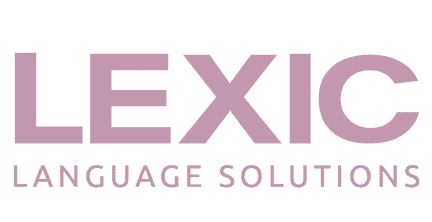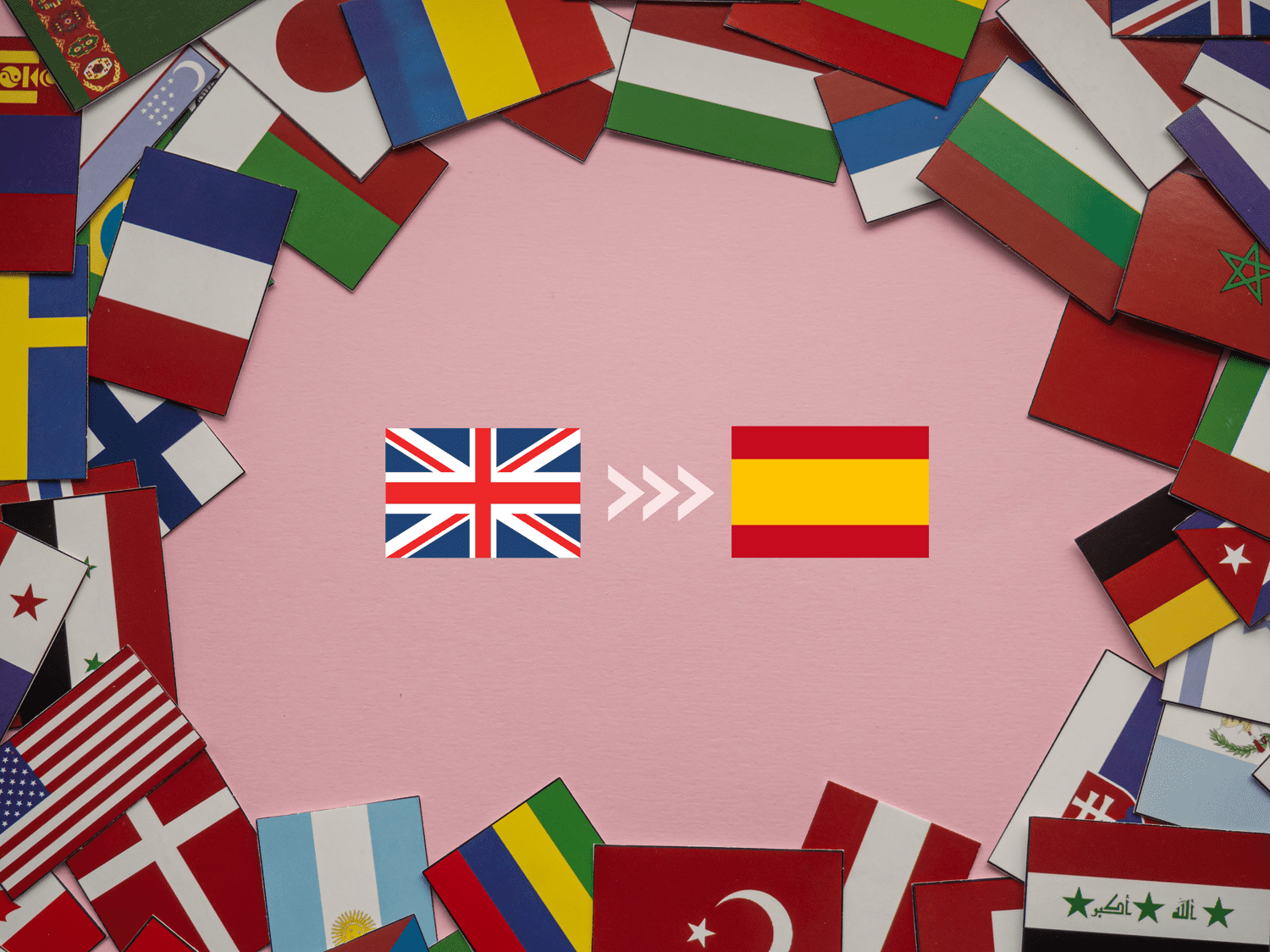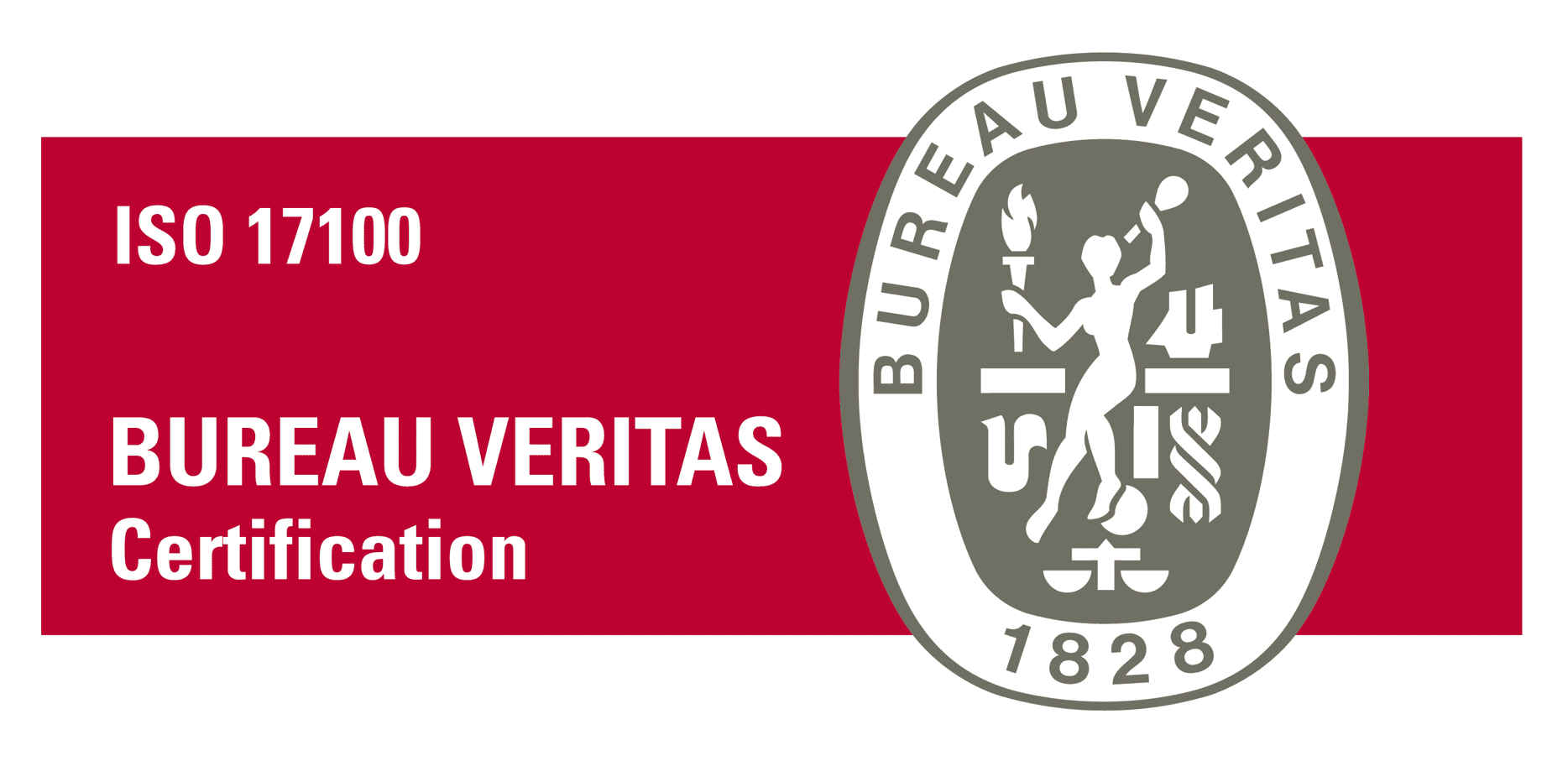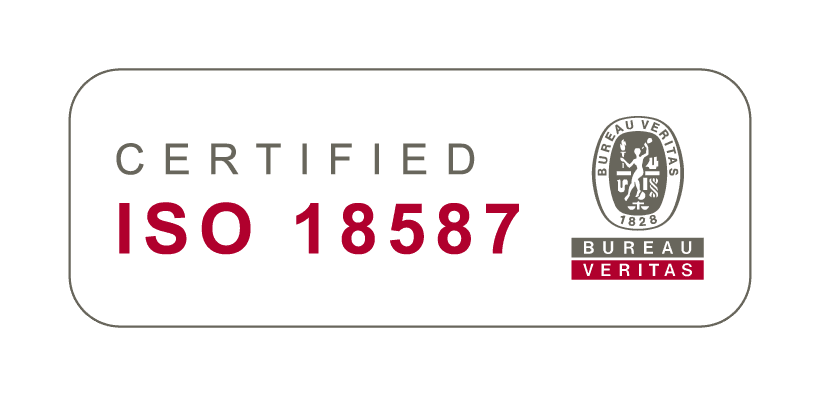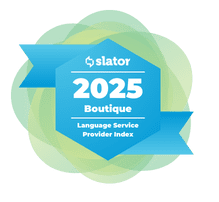In today’s competitive digital landscape, meeting user expectations requires more than just a sleek interface and smooth user experience. To truly captivate your target market, your software must cater to the very specific needs of your target audience on every level. Software localization, often abbreviated as “L10n,” looks to do just that.
Software localization encompasses the process of adapting an application or program to make it linguistically, culturally, and functionally suitable for a distinct target audience in a particular geographical region or culture. This involves more than just translation and extends to elements such as images, graphics, videos, and other interactive components that are integral to the user experience.
What is a locale?
To understand how software localization works, first, it is necessary to explain the concept of locale. A “Locale” refers to a specific set of cultural, linguistic, and regional conventions that define how information should be presented and interpreted within an application. It encompasses various aspects of a particular region or culture, including language, date and time formats, numeric formats, currency symbols, measurement units, and other locale-specific preferences.
A locale is typically identified using a combination of language and region codes. For example, the locale code “es_ES” represents Spanish as spoken in Spain, while “fr_FR” represents French as spoken in France.
By defining these parameters within a locale, software developers and localization specialists can ensure that the software adapts to the target audience’s preferences and provides a seamless user experience that feels natural and familiar to users in different regions.
Beyond simple translation
While software localization involves linguistic adaptation (translation), it goes beyond to ensure that the application doesn’t just communicate accurately in another language, but also speaks to users in a way that feels familiar, comfortable, and relevant within their cultural context.
A comprehensive software localization process takes into account the following factors:
The benefits of software localization
Amplified sales potential
In an increasingly globalized world, expanding into various locales correlates with heightened sales figures. With a solid profit margin, this expansion can skyrocket your sales, yielding multiples of your current revenue.
Venturing into international markets opens doors to fresh communities and potential buyers or users. Zoom, for instance, achieved a remarkable $2 billion in revenue in the 2020s early stages, all by localizing their platform into 12 languages.
Enhanced user experience
Clarity is paramount for the elements populating your interface—buttons, menus, messages, notifications, and functionalities. This clarity encompasses both language and visual aesthetics. A well-crafted software localization strategy includes the translation and adaptation of each component for every target market.
A seamless connection between action and outcome is essential. Pressing a “send” button should effortlessly trigger the sending of related content. User experience stands central to software localization, and a positive experience can win and retain customers effectively.
Reduced support costs
Effective software localization crafts easily comprehensible content for users while delivering a standout product in the market. Consequently, the demand for support staff and related expenses tends to decrease.
Essentially, meticulous localization steers customers toward your product in their native language. And, as your content becomes more accessible, users encounter fewer uncertainties, resulting in fewer calls to your support team.
Competitive edge
Software localization extends beyond user accessibility and cost reduction. It serves as a powerful strategy for penetrating new markets, offering a localized marketing approach tailored to the respective foreign market.
Leveraging familiar terms and idiomatic expressions fosters a deeper connection with users, making it easier to stand out from the competition, especially as many companies overlook investing in software localization.
International reputation
Building a brand’s reputation entails myriad factors, including recognition and favorable user perception. By adapting software to diverse cultural nuances, it signals your brand’s respect for individuality and fosters trust through tailored communication.
From a competitive standpoint, localized software offers a distinct advantage. It positions the brand as forward-thinking, adaptable, and prepared to navigate the intricacies of international markets. This differentiation becomes a cornerstone of your brand’s identity, influencing potential customers’ decisions and further enhancing your brand’s reputation as an industry leader.
Embracing software localization
as a worthy investment
Whether you’re launching a new product or updating an existing one, taking the time and effort to localize your software can yield significant benefits in terms of market reach, user engagement, and overall business success.
If you’re looking to expand into international markets, it’s essential to work with experienced professionals who understand the linguistic, cultural, and technical aspects of the process. Our team of experts is dedicated to refining every element of your product’s user interface as well as user guides, landing pages, blog posts, ads, and much more.
